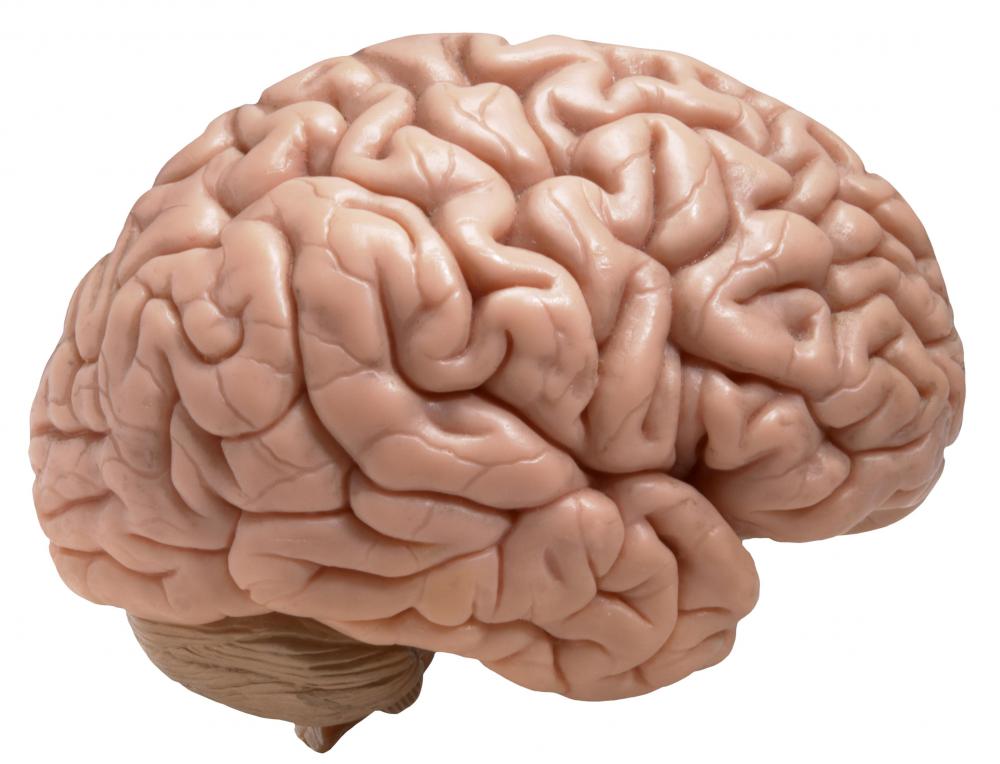At WiseGEEK, we're committed to delivering accurate, trustworthy information. Our expert-authored content is rigorously fact-checked and sourced from credible authorities. Discover how we uphold the highest standards in providing you with reliable knowledge.
What are the Pros and Cons of Deep Brain Stimulation for Parkinson's?
The pros of deep brain stimulation for Parkinson’s include fewer tremors, decreased stiffness, and a reduced need for excessive drug medication, while the cons include possible bleeding in the cranium, skull fractures, and infections. Most of the cons result from the fact that the brain must be opened and exposed not only to bacteria, but also to electrical equipment and currents for the deep stimulation procedure. Electrodes, for example, must be physically attached to certain areas of the brain. Occasionally, these electrodes can be misplaced or can shift, causing the aforementioned fracturing and hemorrhaging. The typical follow-up operations or medical appointments required to routinely adjust the level of electrical stimulation are also considered a burden and con by some patients.
Parkinson’s is a neurological disease that has no cure and worsens over time. It can be managed, however, so that tremors and other motor and cognitive detriments are lessened. The decline in motor skills is typically believed to be a result of damage to the cells in the brain that produce dopamine; dopamine guides muscle contractions and motion. Deep brain stimulation for Parkinson’s does not repair the cells that produce dopamine, but instead creates some of the same conditions in the brain as those created by dopamine.

Despite these cons, many sufferers of Parkinson’s consider the benefits to be worth the inconvenience and risk. Stimulation therapy can work on advanced stages of Parkinson’s, even if medication has stopped being effective for such progressive forms of the disease; this is considered a major pro for the surgical procedure, because many users can become immune to the effects of drug therapy after years of consistent use. Also, deep brain stimulation for Parkinson’s offers an alternative for patients who simply find the extreme doses of drugs and the related side effects, such as nausea, undesirable.

The ability to improve fine and gross motor skills is the main benefit of deep brain stimulation for Parkinson’s. Patients treated with the surgery often enjoy restored equilibrium, usually allowing them to move about with less trembling and falling. Movement often becomes swifter, and limbs are often more flexible after the procedure. Speech can also become more precise with sharper enunciation.

Beyond physical improvements, patients treated with deep stimulation can often notice an improvement in mental functioning, according to research. Memory and reasoning skills often improve. Problematic mental states like depression and delirium can also be ameliorated.
All the benefits of deep brain stimulation for Parkinson’s are a result of using an electrode and battery to electrically trigger and massage the globus pallidus interna area of the brain or the subthalamic nucleus. These two brain areas are often referred to by medical shorthand: GPi and STN, respectively. Occasionally, areas of the thalamus are stimulated as well.
During surgery, electrical wires must be strategically guided and connected to the GPi or STN at precise angles. Once placed, the electrical equipment sends currents and pulses to the brain, often resulting in near immediate improvement. One side of the brain can be stimulated, but often patients and doctors opt to stimulate both left and right sides of the brain. Some doctors claim that stimulating the STN area is most effective, while others claim that stimulating both the GPi area and STN area together is the best option.
AS FEATURED ON:
AS FEATURED ON:













Discuss this Article
Post your comments